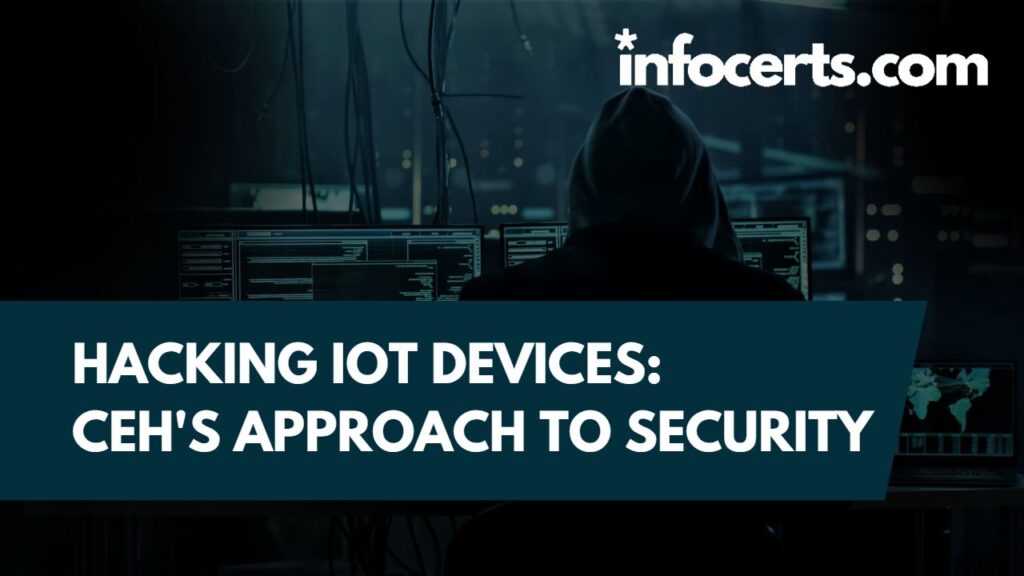With the advent of the Internet of Things (IoT), devices such as smart TVs, thermostats, and even refrigerators have become interconnected and can communicate with each other. However, these devices have also become vulnerable to hacking, as they often lack adequate security measures. As a Certified Ethical Hacker (CEH), one must approach IoT device security in a methodical and comprehensive way.
The first step in securing IoT devices is to conduct a vulnerability assessment. This involves identifying potential vulnerabilities in the devices, such as weak passwords or outdated firmware. Once the vulnerabilities have been identified, steps must be taken to mitigate them. This can include updating firmware, changing default passwords, and implementing strong Encryption Protocols.
Another important step in securing CEH IoT security approach is to ensure that they are isolated from other networks. This can be achieved by placing them on a separate network or subnet, so that they are not directly accessible from the internet or other internal networks. Additionally, network segmentation can be used to further isolate the devices and prevent lateral movement by attackers.
| Vulnerability | Countermeasure |
| Weak passwords | Implement strong password policies and require users to create complex passwords. |
| Outdated firmware | Regularly update firmware to the latest version that includes security patches. |
| Lack of encryption | Implement strong encryption protocols, such as AES or RSA. |
| Default passwords | Change default passwords to unique, complex passwords upon device installation. |
| Lack of network isolation | Isolate IoT devices on a separate network or subnet, and use network segmentation to prevent lateral movement by attackers. |
CEHs must also be aware of the different types of attacks that can be carried out against IoT devices. These can include denial-of-service attacks, man-in-the-middle attacks, and exploitation of known vulnerabilities. By understanding these attacks, CEHs can develop effective countermeasures to prevent them from succeeding.
Finally, CEHs must stay up-to-date with the latest security trends and Vulnerabilities in IoT devices. This can be achieved by attending conferences and seminars, participating in online forums and communities, and regularly reading industry publications.
In conclusion, securing IoT devices requires a methodical and comprehensive approach. By conducting vulnerability assessments, isolating devices from other networks, understanding different types of attacks, and staying up-to-date with the latest security trends, CEHs can effectively protect IoT devices from cyber threats.
FAQs
- What is a vulnerability assessment and why is it important for securing IoT devices?
- How can IoT devices be isolated from other networks?
- What types of attacks can be carried out against IoT devices?
- How can CEHs stay up-to-date with the latest security trends and vulnerabilities in IoT devices?
- What are some effective countermeasures that CEHs can implement to prevent attacks against IoT devices?
——————————————————————————————————————–
Infocerts, 5B 306 Riverside Greens, Panvel, Raigad 410206 Maharashtra, India
Contact us – https://www.infocerts.com

